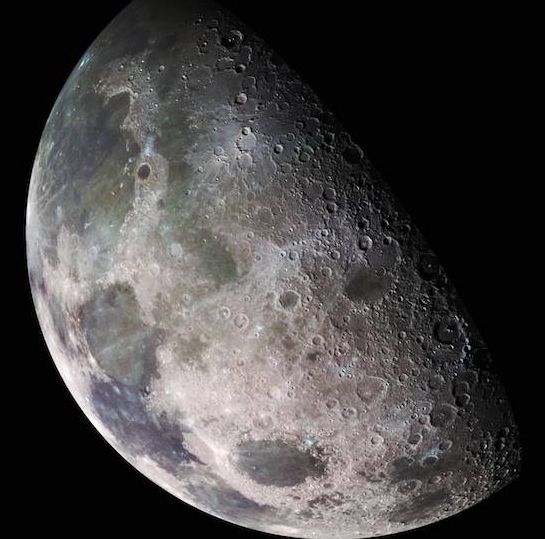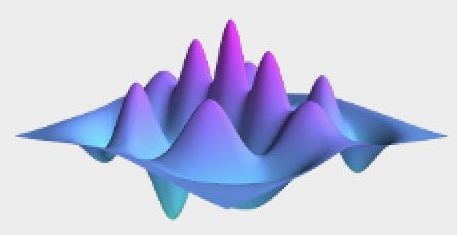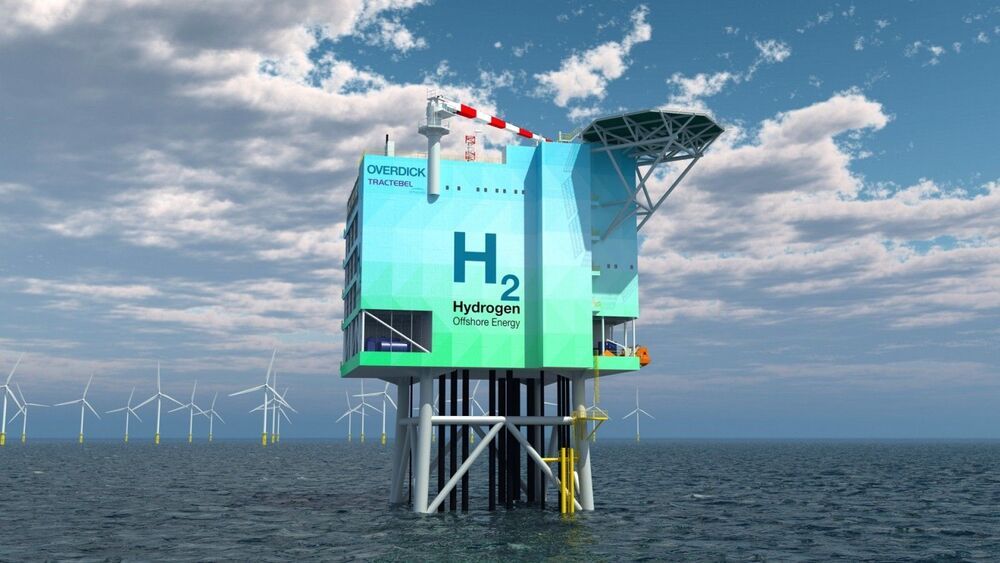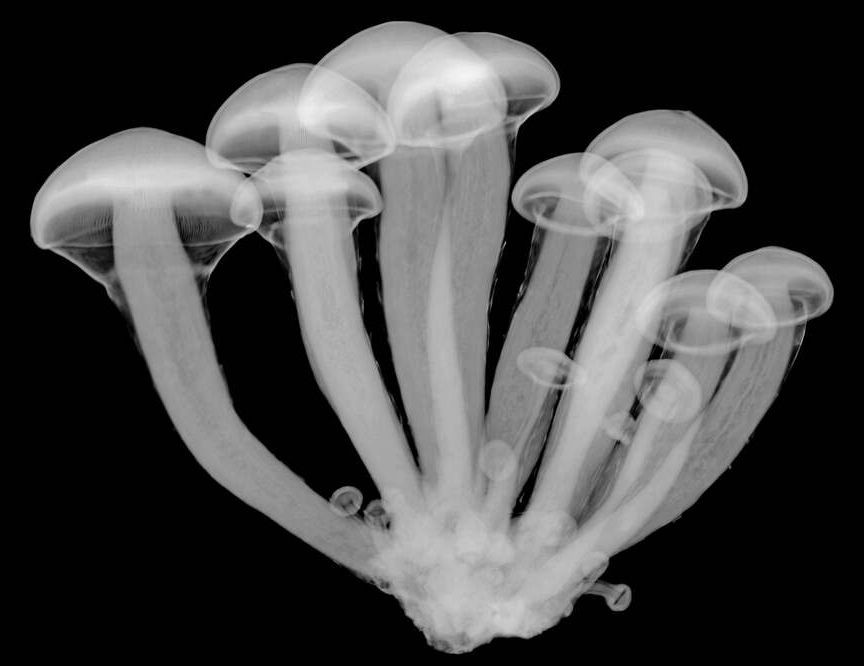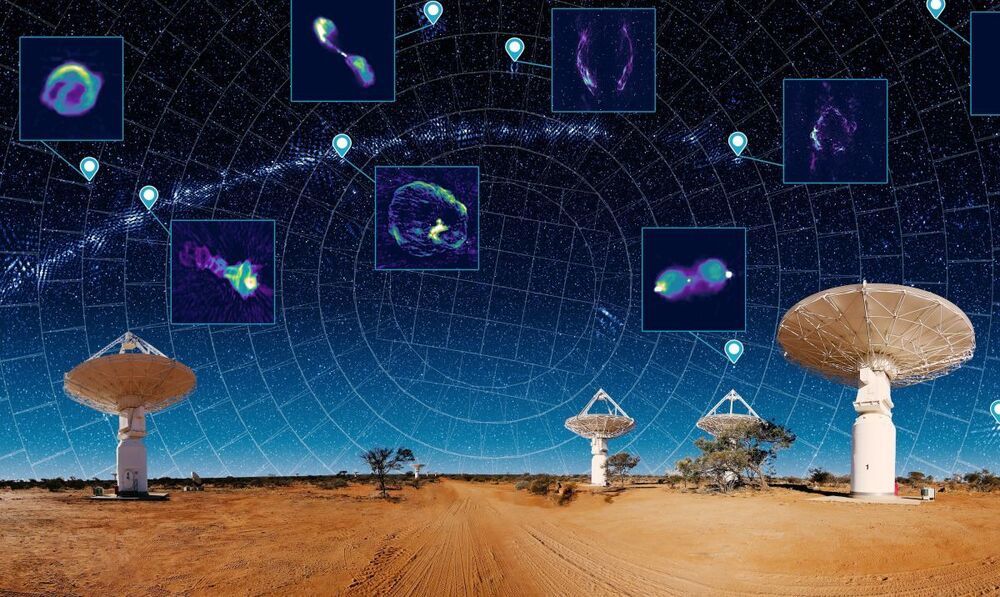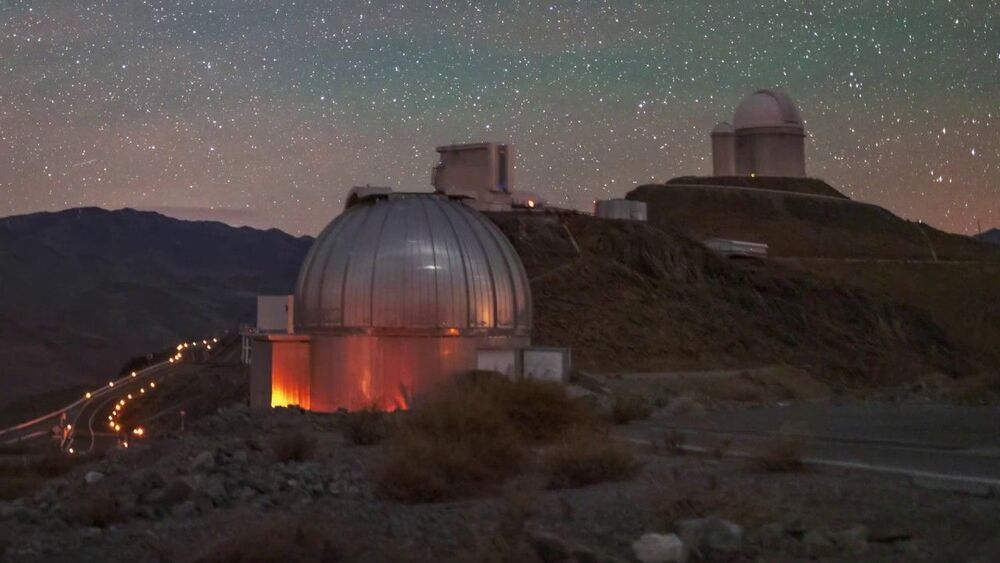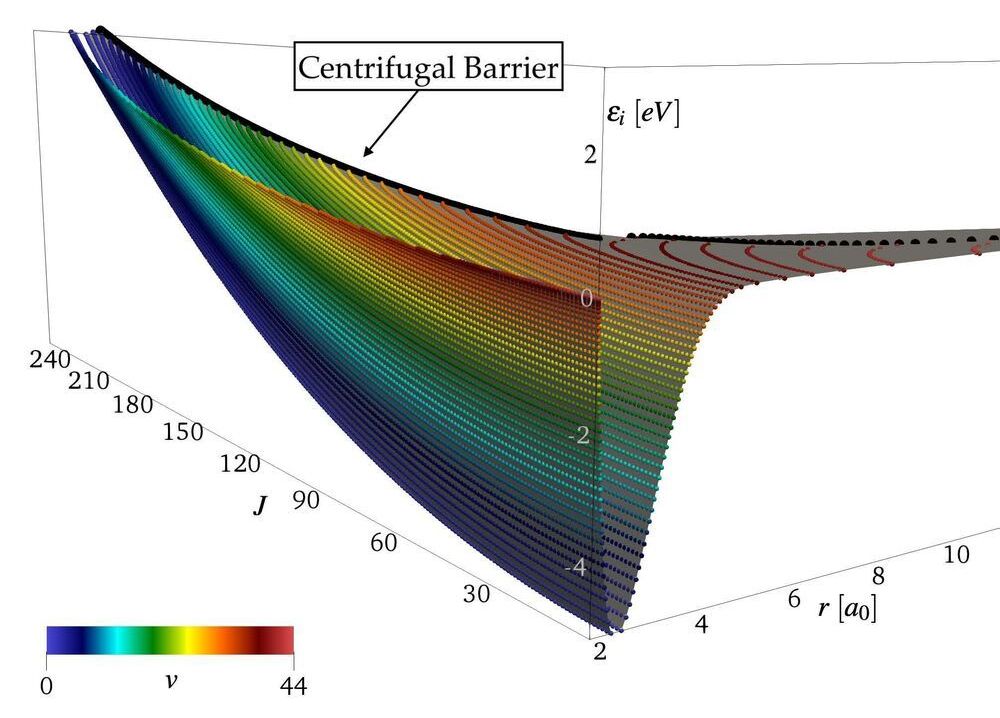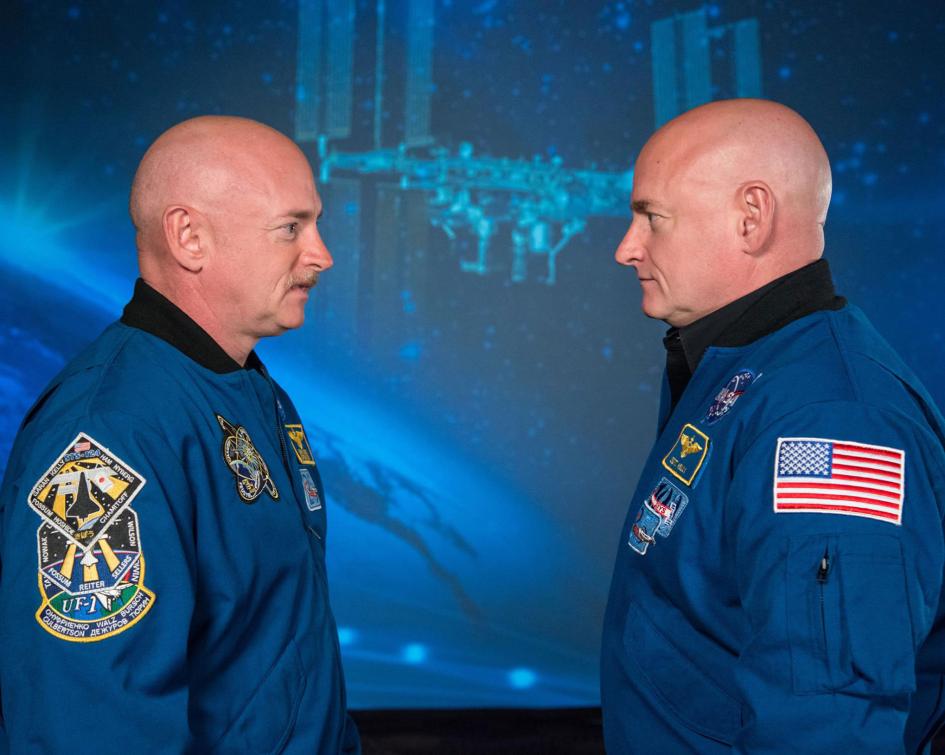Dec 3, 2020
Moon May Hold Billions of Tons of Subterranean Ice at Its Poles
Posted by Quinn Sena in category: space
New research indicates that if even a moderate amount of the water delivered by asteroids to the Moon was sequestered, the lunar poles would contain gigaton deposits (1 billion metric tons) of ice in sheltered craters and beneath its surface.
By modeling over 4 billion years of the Moon’s impact history, researchers were able to track the origin and potential quantity of ice that might be obscured from view beneath the lunar surface.
“We looked at the entire time history of ice deposition on the Moon,” said Kevin Cannon, a planetary scientist at the Colorado School of Mines in Golden and lead author of the new study in the AGU journal Geophysical Research Letters.
